The Use of Natural Glues in Antique Furniture and Heritage Applications
One of the defining qualities of fine antique furniture is not only the artistry of its design but also the materials and techniques used in its making. Among these, the choice of adhesive plays a crucial role. While modern glues are often celebrated for their convenience and industrial strength, they are rarely suitable for the restoration or conservation of antiques. Instead, traditional natural glues—derived from organic sources such as animal hide, bone, fish, or rabbit skin—remain the gold standard in heritage applications.
The Principle of Reversibility
In furniture conservation, reversibility is essential. A repair undertaken today should not compromise the ability of future generations to restore, repair, or study the piece. Modern synthetic adhesives, such as PVA or epoxy, present serious drawbacks: they are too strong, non-reversible, and often penetrate deeply into the fibres of wood. This permanence can cause irreparable damage if the piece needs to be disassembled, re-veneered, or adjusted. By contrast, traditional glues respond to heat, moisture, or alcohol, allowing joints to be taken apart without loss to the original material.
Hoof Glue: The Workshop Standard
Perhaps the most widely used natural adhesive in cabinetmaking is hoof glue, derived from the collagen in animal hides and bones. It has been used for centuries in Europe’s great workshops, from Chippendale in London to Boulle in Paris. Its working qualities are perfectly suited to veneering, marquetry, and fine joinery. Applied warm, it allows precise positioning of veneers, and once set, provides a secure but flexible bond. Importantly, if a veneer lifts or warps with age, it can be softened and reset, rather than replaced.
Fish Glue: Strength with Subtlety
Fish glue, traditionally extracted from the skins and air bladders of sturgeon and other species, has a long pedigree in decorative arts and musical instrument making. Highly valued for its clarity and tack, it is particularly effective in delicate applications where a strong but fine joint is required. Its extended working time compared to hoof glue allows conservators to manipulate fragile veneers, inlays, or gesso surfaces with precision.
Rabbit Skin Glue: The Conservator’s Choice
Rabbit skin glue, still favoured by picture restorers and gilders, is a versatile adhesive that offers excellent flexibility. Used for preparing gesso grounds, fixing veneers, and even in painted panel conservation, it has a unique ability to expand and contract with the surface it supports. This elasticity helps prevent cracking and allows for sympathetic restoration of fine decorative finishes.
Why Tradition Endures
These natural glues were the adhesives of choice for the great craftsmen of the 17th, 18th, and 19th centuries. Their enduring relevance lies in their compatibility with antique materials and their respect for the principle of reversibility. In the world of heritage conservation, strength alone is not a virtue; adaptability, sensitivity, and the ability to be undone are paramount.
Conclusion
In an age dominated by modern synthetics, it is tempting to reach for the strongest or quickest solution. Yet when it comes to antique furniture and decorative arts, restraint and respect for tradition are essential. Hoof glue, fish glue, and rabbit skin glue embody the qualities that make conservation both possible and ethical: they are strong enough to serve their purpose, but never so strong that they prevent the story of an object from being retold. At Nicholas Wells Antiques, we recognise the value of these traditional materials—not simply as relics of the past, but as living tools that allow us to preserve, restore, and celebrate the beauty of craftsmanship across centuries.




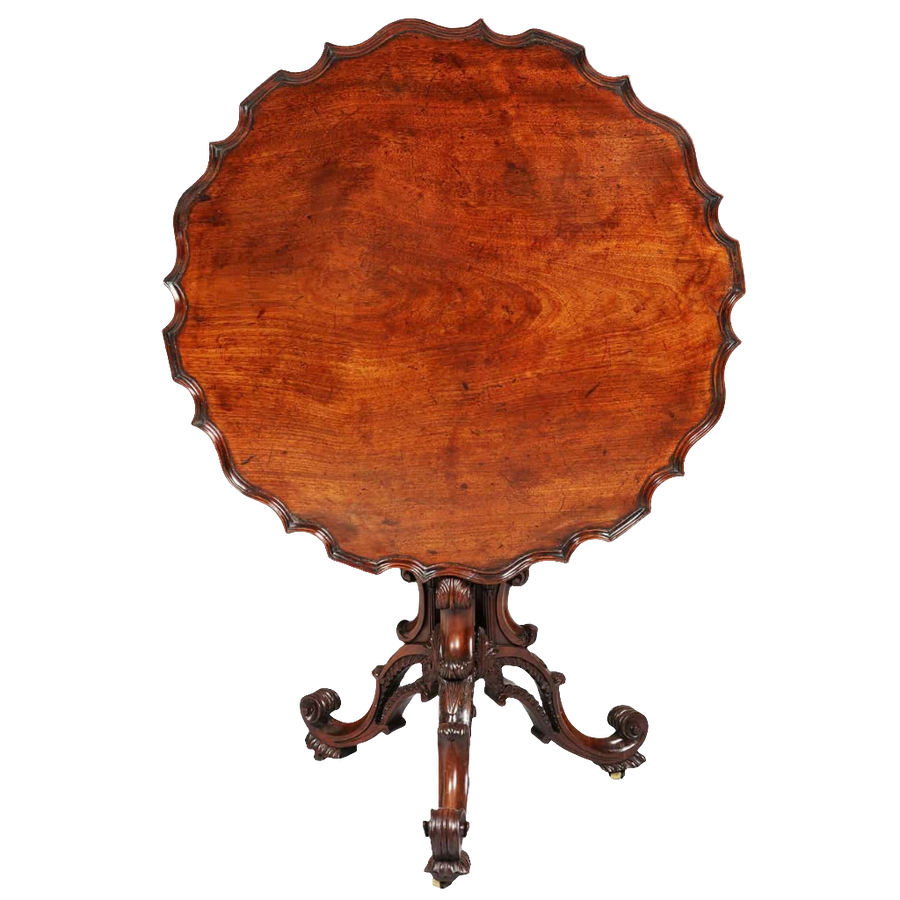
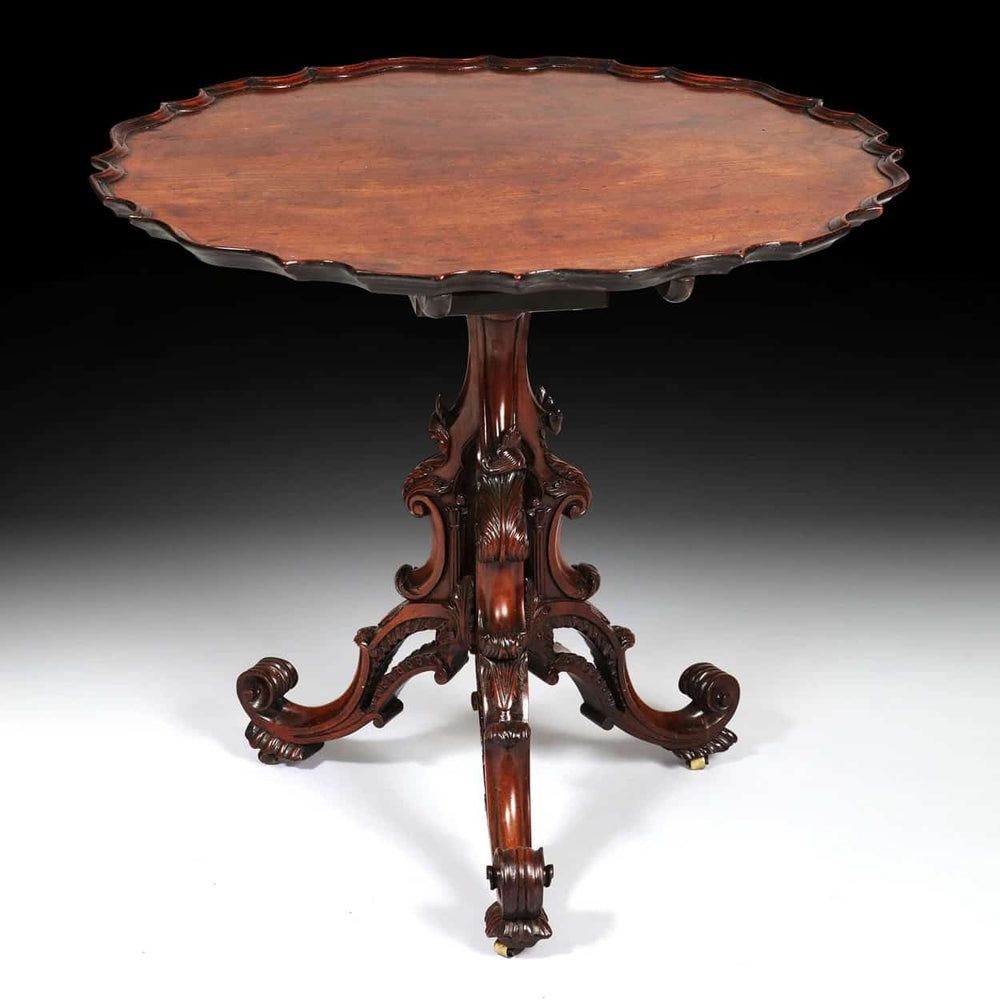
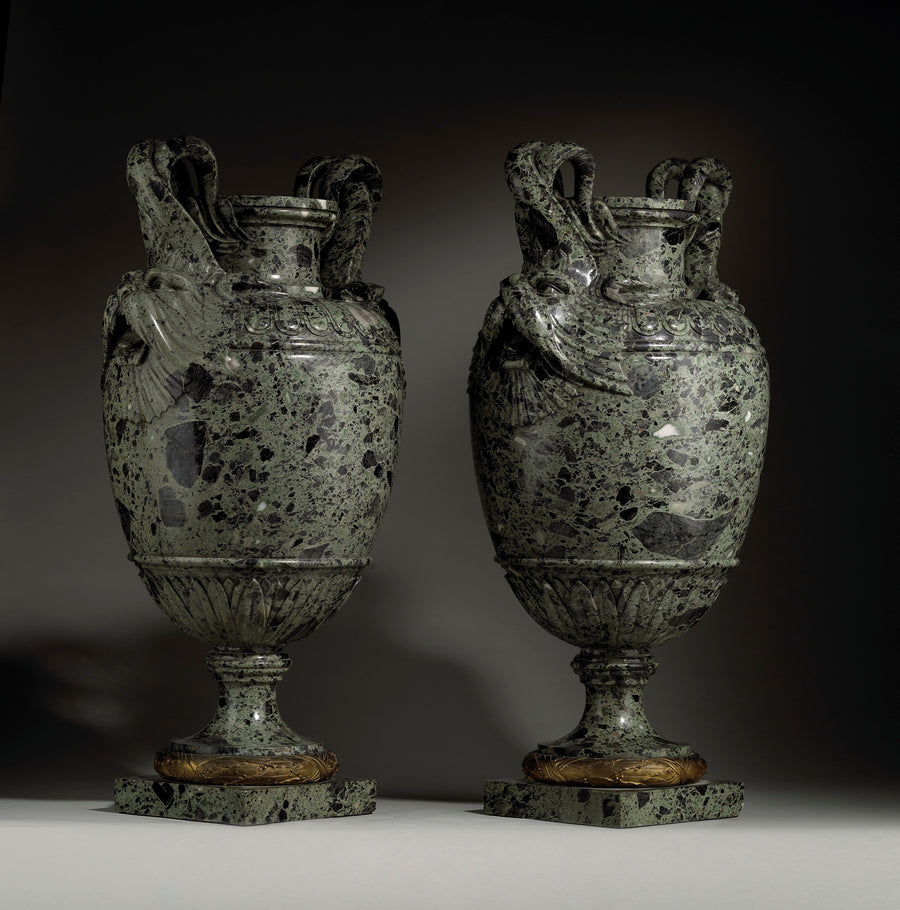
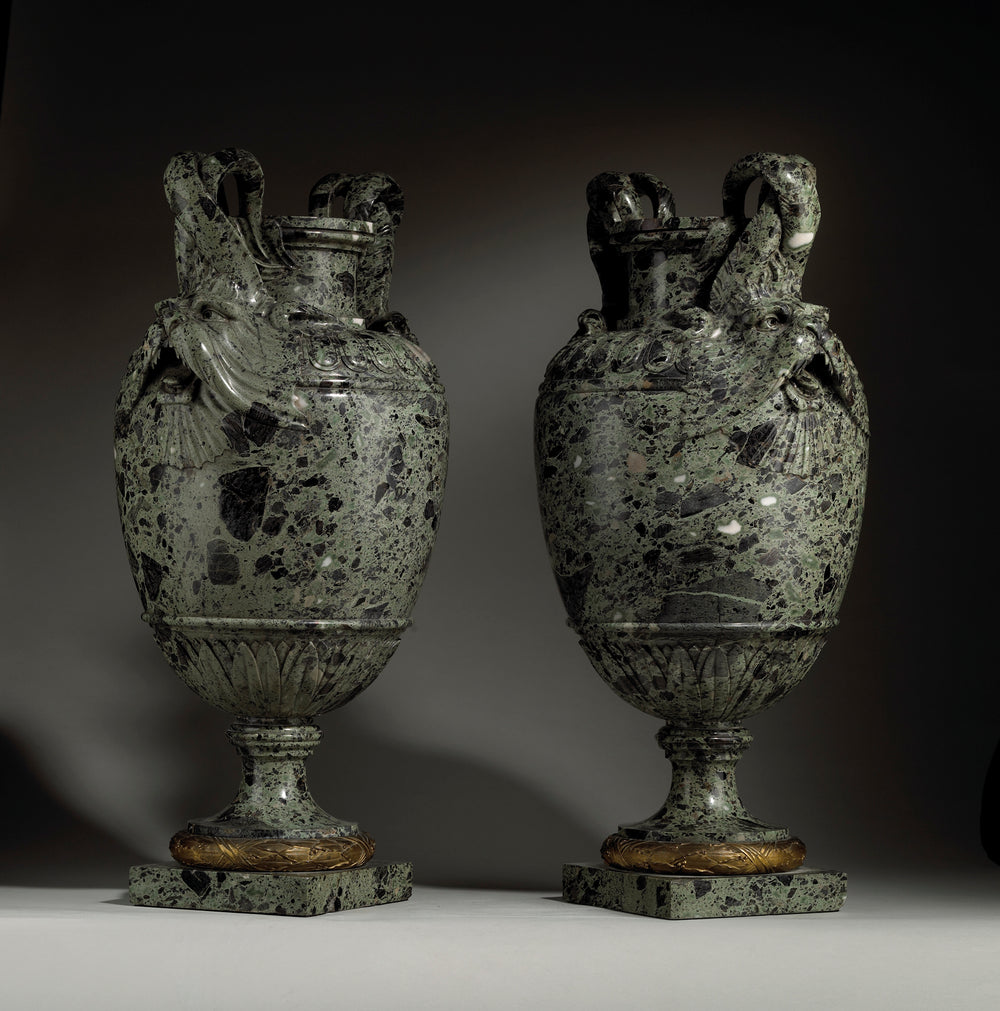

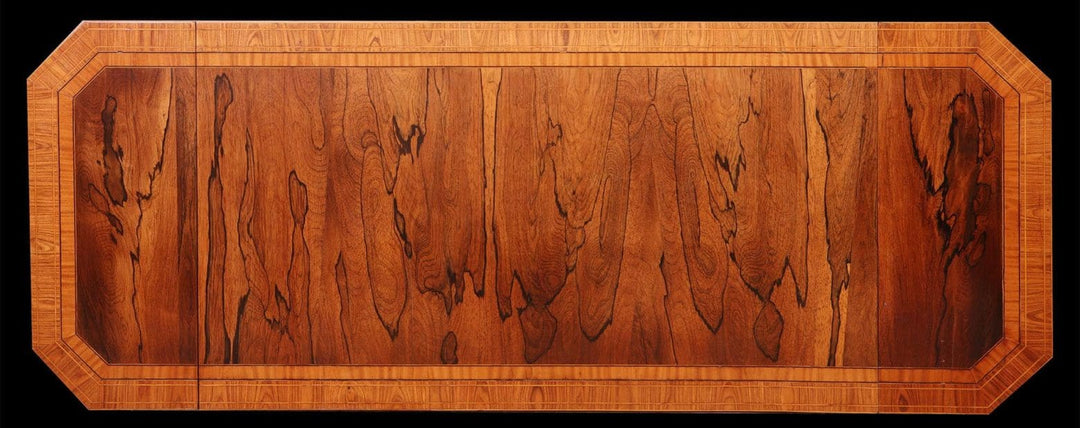
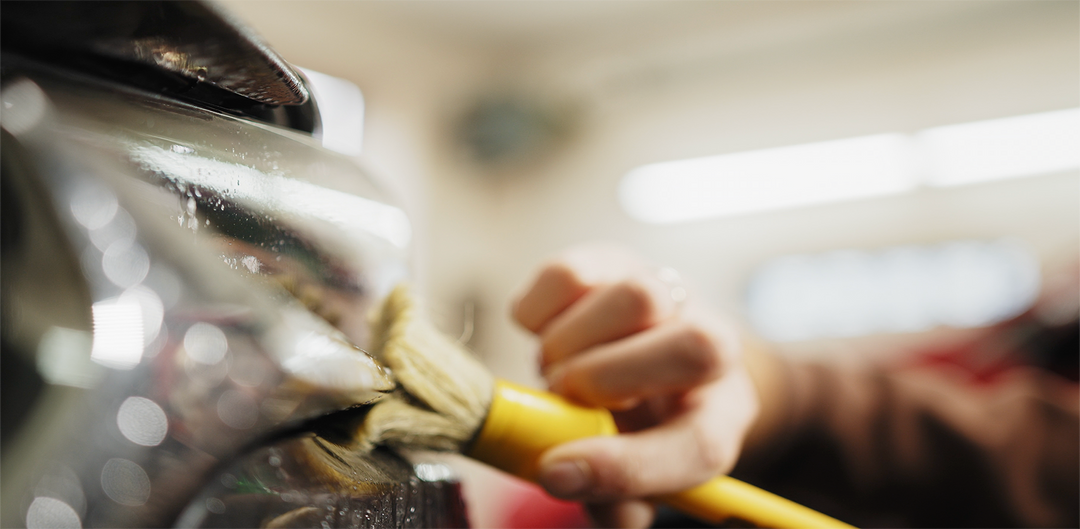

Leave a comment